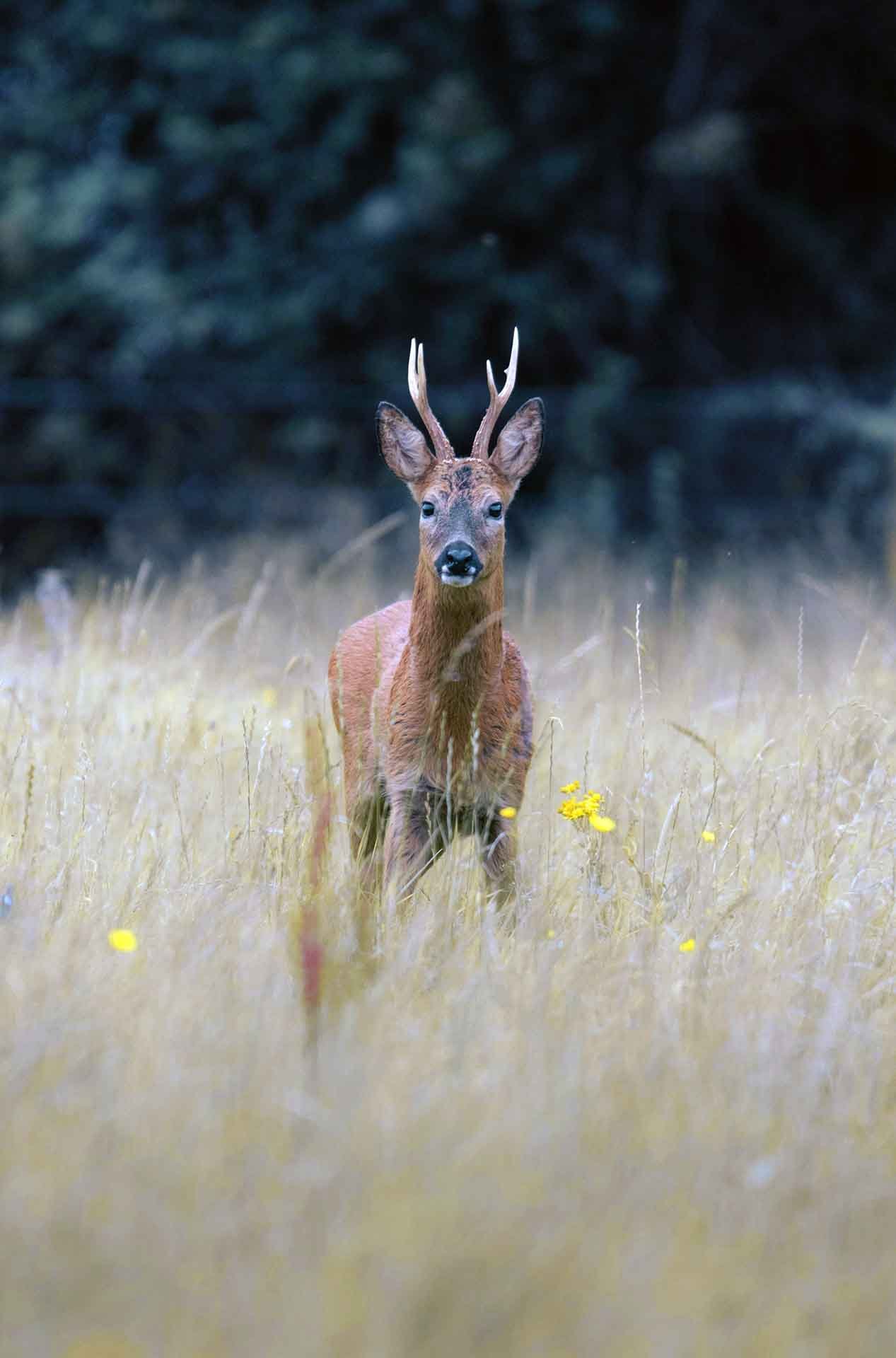Eco-Friendly
Deer
Control
Services
Eco-Friendly
Deer
Control
Services
Get In Touch
Why We Control Deer
As deer populations increase without natural predators, responsible management is crucial for the health of both the deer and the ecosystem. Unchecked populations can lead to:
Environmental damage: Over-browsing by deer can destroy woodland ground cover and prevent new trees from regenerating, harming the broader ecosystem.
Agricultural and property loss: Significant damage to crops, forestry, and garden vegetation can result in major financial losses for landowners and businesses.
Safety risks: The increased number of deer on roads leads to a higher risk of vehicle collisions, posing a danger to drivers and passengers.
Deer welfare: An overpopulated herd can lead to unhealthy and malnourished deer, increasing the spread of disease.

Ecopest Deer Control Services
We provide tailored management plans based on your specific needs, using the latest technology and adhering to best practices.
Detailed site surveys: Our experts conduct accurate population studies and movement analyses using advanced techniques like thermal imaging.
Custom plan: We develop a site-specific deer management plan in line with UK wildlife regulations and your land-use objectives.
Implementation: Our qualified team carries out all control measures according to the agreed plan, emphasizing safety and minimal disturbance.
Ongoing monitoring: We track the effectiveness of the strategy and provide transparent reporting to ensure long-term results.

Deer Species We Help Control
Ecopest controls most UK deer species including Muntjak, Roe, Fallow and Red.
Roe Deer are particularly associated with the edges of woodlands and forests, and are also found in areas with copses, scrub and hedgerows and use agricultural fields in these areas too. They can cause damage to young woodlands and agricultural crops through browsing.
Muntjac are widespread and increasing in number and range. Unlike some other species of deer in Britain, muntjac do not usually cause significant damage to agricultural or timber crops. However, they can be of important concern to gardeners, allotment owners and others. In high densities muntjac may prevent coppice regeneration and contribute to the loss of some plants of conservation importance, such as primulas.
Fallow deer are widespread throughout the UK. They inhabit mature broadleaf woodland, open coniferous woodland, and open agricultural land. They prefer to graze grasses although they will take trees and dwarf shrub shoots in autumn and winter Damage caused by browsing of tree shoots and agricultural crops puts fallow deer in conflict with farmers and foresters and their ability to reach very high densities can result in high local levels of damage.
Red deer prefer woodland and forest habitats in England and southern Scotland, but can adapt to open moor and hills as they have in parts of Scotland and south-west England. The habit of grazing on tree shoots and agricultural crops puts red deer in conflict with farmers and foresters due to economic damage.
Protecting The Environment From Deer Damage
At Ecopest, we believe effective deer control shouldn't compromise environmental health or family safety. Wherever possible, we use eco-friendly methods to deliver reliable results while supporting broader environmental conservation goals.
Ready to solve your deer problem safely and effectively? Contact Ecopest today for a comprehensive inspection and customised deer control plan.
Get In Touch

